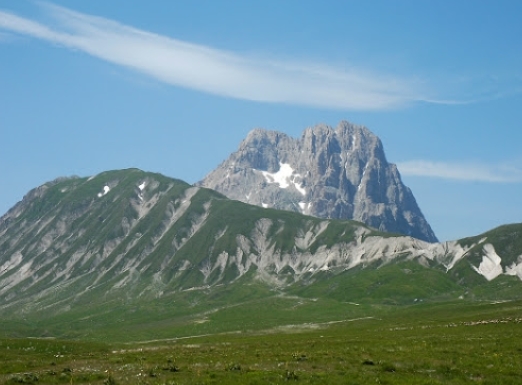Tectonic geomorphology is a field of study that explores the interactions between tectonic processes and landforms on Earth’s surface. By examining these interactions, scientists gain insights into how the planet’s shifting plates shape its landscape over time.
Understanding Earth’s plates
Earth’s outer layer, called the lithosphere, is divided into several large pieces called plates. These plates float on the semi-fluid asthenosphere beneath them, and their movements are driven by the heat generated in the Earth’s interior.
Plate boundaries
At the edges of these plates, interactions occur that shape the Earth’s surface. There are three main types of plate boundaries: divergent boundaries, where plates move apart; convergent boundaries, where plates collide and one is forced beneath another; and transform boundaries, where plates slide past each other horizontally.
Landforms shaped by tectonic processes
The movement of Earth’s plates creates a variety of landforms, such as mountains, valleys, and rift valleys. For example, the Himalayas were formed by the collision of the Indian and Eurasian plates, while the San Andreas Fault in California is a transform boundary that has created a series of fault lines.
Measuring plate movement
Scientists use a variety of techniques to measure and monitor the movement of Earth’s plates. GPS technology allows researchers to track the motion of tectonic plates in real-time, providing valuable data for understanding the dynamics of plate tectonics.
Impacts on the Earth’s surface
The shifting of Earth’s plates has a profound impact on the planet’s surface, causing earthquakes, volcanic eruptions, and other natural disasters. By studying tectonic geomorphology, scientists can better understand these processes and work towards mitigating their effects on human populations.
In conclusion, tectonic geomorphology offers a fascinating glimpse into the dynamic interactions that shape the Earth’s surface. By uncovering the secrets of Earth’s shifting plates, scientists are gaining valuable insights into the forces that have shaped our planet for millions of years.

